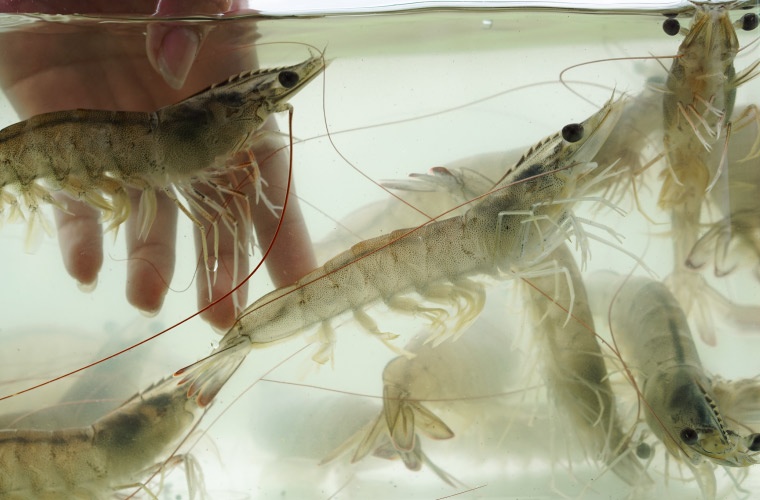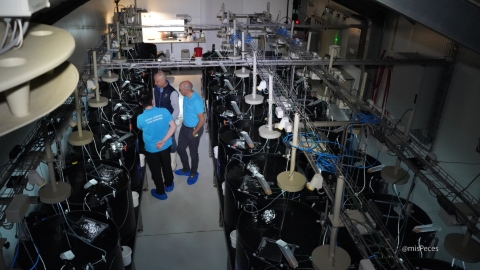
A recent study by researchers at CSIRO in Australia, focusing on the genetic diversity of tropical shrimp populations (Penaeus vannamei), has revealed that after four decades of domestication, a significant level of shared genetic diversity still exists between farmed and wild shrimp. This finding underscores the genetic potential retained by the species and how it can be harnessed to enhance breeding programmes and improve the sustainability of the industry.
The study, published in the journal Aquaculture, also emphasizes the importance of protecting wild populations as a vital genetic reservoir to tackle future challenges, such as diseases or environmental changes.
Among other key findings, the research highlights that wild shrimp possess 13% more unique alleles than their farmed counterparts, underscoring their value as a source of genetic diversity to improve managed populations.
It is worth noting that the tropical shrimp is one of the most widely farmed decapod crustaceans globally, accounting for 50% of total production. With global demand continuing to rise, these findings provide producers with a roadmap to innovate in sustainable aquaculture, ensuring not only efficient production but also the resilience of the industry in the face of future climate and health-related challenges.


